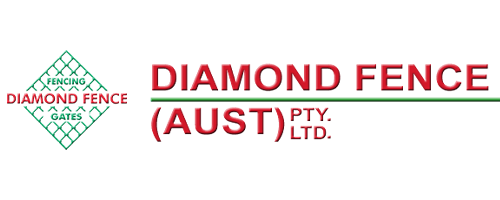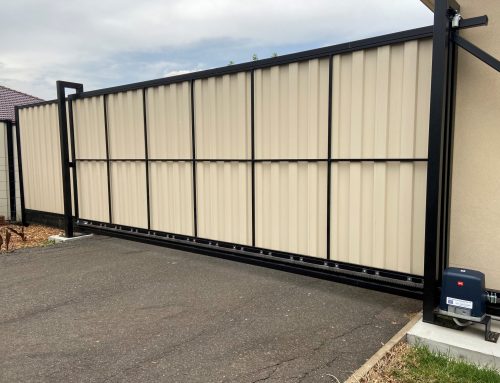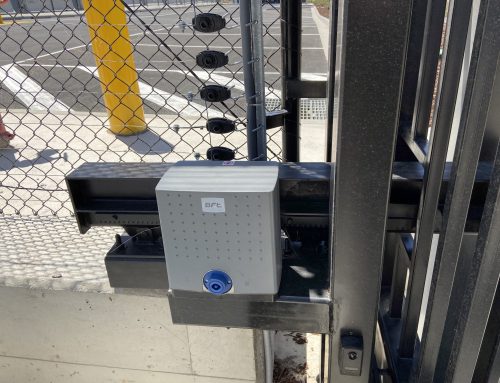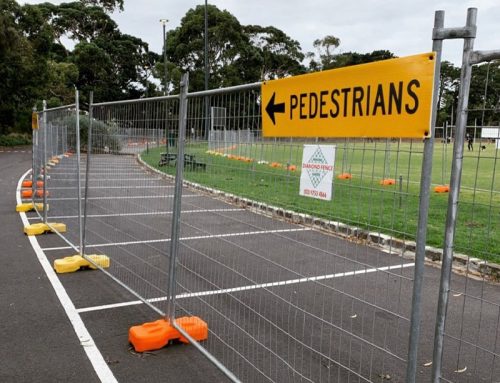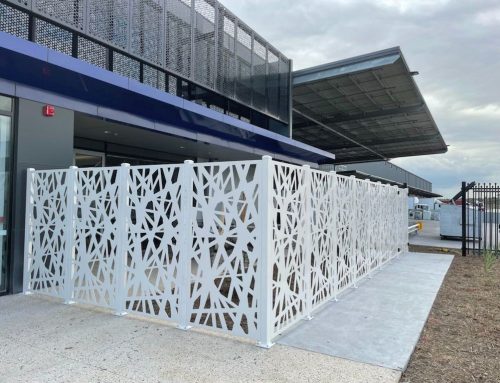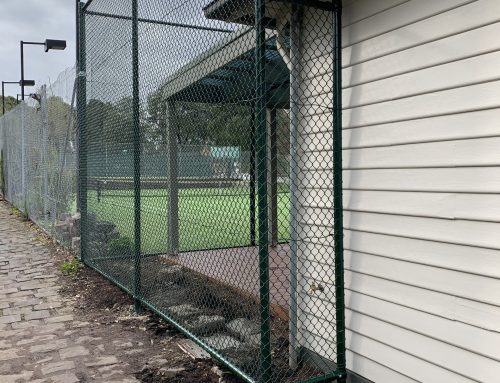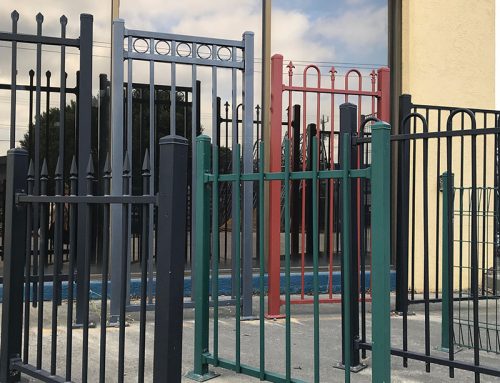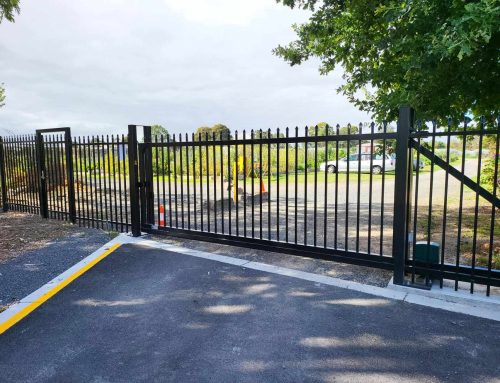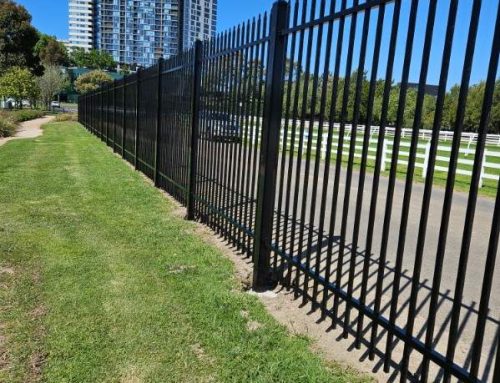Ensuring the security of water storage facilities is essential for safeguarding our essential water resources. Water tank enclosures play a vital role as they offer protection against environmental factors, unauthorised access and potential contamination.
For industries, municipalities and residential areas alike, choosing the right fencing solution for water tank enclosures is not just about compliance with regulations but also about ensuring long-term reliability and efficiency.
In this blog post, we explore the significance of fencing for water tank enclosures, the materials and design considerations, maintenance requirements and some security features.
Importance of Water Tank Enclosures
Water tank enclosures are important when it comes to protecting our water supply and infrastructure. Firstly, water tank enclosures create a physical barrier that prevents unauthorised access, vandalism and contamination of the water stored within. Enclosures also shield water tanks from external elements such as dust, debris and wildlife, which can compromise water quality.
Furthermore, enclosures made from long-lasting materials such as steel provide structural support and longevity to water tank installations.
In addition to physical protection, water tank enclosures can include security features such as locking mechanisms, surveillance systems and anti-climb designs to further enhance the safety and security of water infrastructure.
Types of Fencing Materials
When choosing fencing materials for your enclosures, various options are available, each presenting individual benefits and considerations.
- Steel Fencing
- Chain Link Fencing
- Aluminium Fencing
- Vinyl Fencing
- Timber Fencing
- Composite Fencing
The selection of fencing material for water tank enclosures should consider aspects such as security needs, durability, upkeep needs, aesthetic tastes and budget limitations.
Design Considerations
When designing fencing for water tank enclosures, take into consideration the height of the fencing. The appropriate height of the fence is mostly based on security needs and regulatory requirements. For water tank enclosures, fences are typically higher to prevent unauthorised access. Incorporating anti-climb measures such as curved or spiked tops helps to prevent individuals from climbing the fence.
Additionally, it is advised to design gates with secure locking mechanisms and hinges that swing outward to also prevent unauthorised entry.
The material chosen should be durable and aesthetically pleasing, while the visual impact of the fencing within its surroundings has been taken into account. For example, chain link fencing provides visibility, allowing for monitoring of the water tanks, whereas solid fencing materials offer more privacy but may require additional surveillance.
Other factors to consider when it comes to design are:
- Wind Resistance
- Maintenance Needs
- Compliance with Regulations
- Integration with Landscape and Infrastructure
- Future Expansion and Adaptability
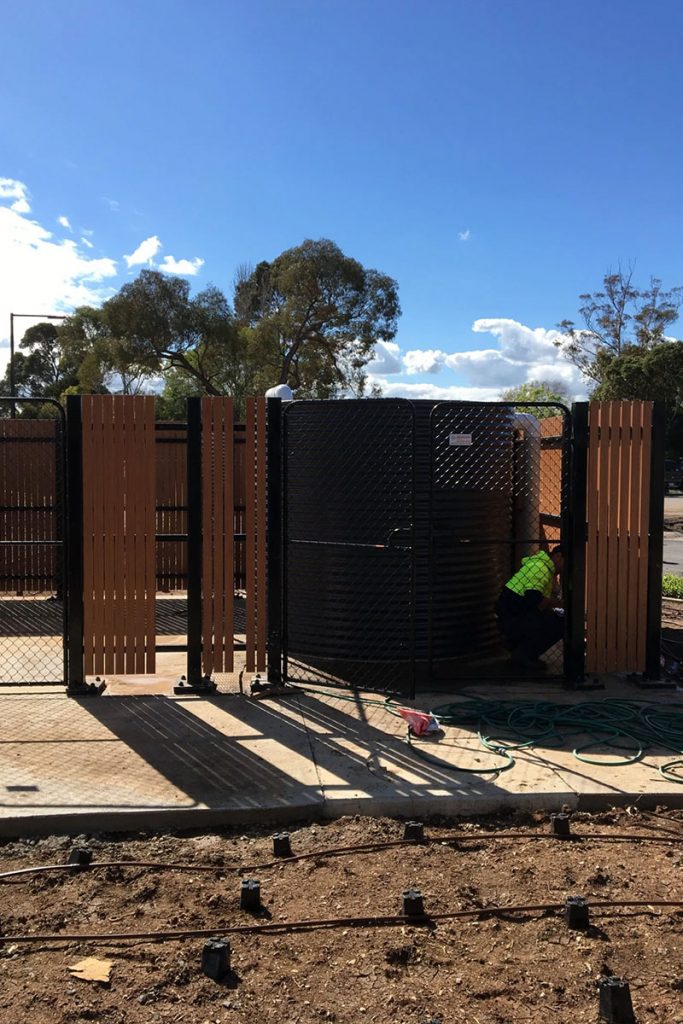
Security and Safety Features
By integrating the security and safety features we will name below, you can significantly enhance the protection of water tank enclosures.
Here are some features that will increase the security of your water tank enclosure:
- Anti-climb Designs (spiked or curved tops and/or anti-climb mesh)
- Secure Gates and Access Points (heavy-duty locks, hinge protection and controlled access)
- Surveillance and Monitoring (CCTV cameras, lighting and alarm systems)
- Structural Integrity (reinforced posts and high-quality materials)
- Tamper Detection and Prevention (tamper-proof fasteners and sensor integration)
- Safety Features (rounded edges, smooth surfaces and emergency exits).
Maintenance Requirements
Regular inspections should be scheduled to determine and manage any signs of wear and tear, such as rust, corrosion, loose bolts or damaged parts.
Cleaning the fencing helps to remove dirt, debris and environmental contaminants that can cause damage over time.
In addition to routine inspections and cleaning, prompt repairs are critical to maintaining the fencing’s effectiveness. Damaged sections should be repaired or replaced immediately to ensure continued protection against unauthorised access and environmental hazards.
Vegetation control around the fencing is another essential factor of maintenance. Overgrown vegetation can compromise the structural integrity of the fence and provide a means for climbing.

Interested in the water tank enclosures in Melbourne? Ask Diamond Fence!
If you are interested in exploring the steel fencing options provided by Diamond Fence in Melbourne and Greater Victoria, we encourage you to reach out to us today!
You can contact us by either sending an email to info@diamondfence.com.au or by placing a phone call to our dedicated line at (03) 9753 4566.
For your convenience, we have also an online enquiry form that offers an efficient means of communicating with us. This form allows you to submit any inquiries or concerns you may have.
We eagerly await the opportunity to assist you further and provide the necessary details regarding your steel fencing enquiry.
